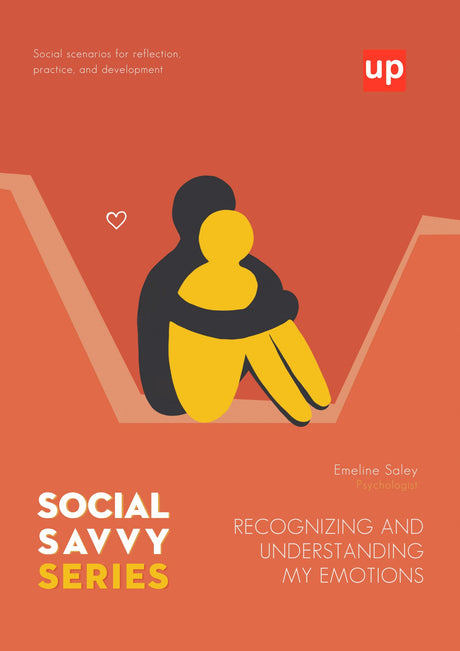Introduction
Childhood eating disorders are a complex and multifaceted medical condition with significant physical and psychological consequences. In recent years there has been an increased awareness of these disorders and their impact on the well-being of children and adolescents.
This article serves as a comprehensive guide for parents, caregivers, and educators, providing them with basic knowledge and practical advice for identifying and supporting children struggling with eating disorders.

Understanding childhood eating disorders
Childhood eating disorders encompass a range of psychiatric conditions that affect a child's eating behaviour and body image perception. Among the most prevalent disorders are anorexia nervosa, bulimia nervosa, and binge eating disorder (American Psychiatric Association, 2013).
These disorders often result from a complex interaction of genetic, environmental, and sociocultural factors, leading to disturbances in eating patterns and emotional regulation (Agras, 2008).
Recognising the signs and symptoms
Early detection of childhood eating disorders is crucial for immediate intervention and positive outcomes. Parents and caregivers should be alert to a variety of signs and symptoms that can manifest physically, behaviorally, and emotionally.
Physical signs may include significant weight loss, amenorrhea in girls and a decrease in growth rate (Golden et al., 2003).
Behavioural signs may include restrictive eating patterns, compulsive exercise and secretive eating habits (Herpertz-Dahlmann et al., 2015).
Emotional signs may include intense fear of weight gain, body dissatisfaction and low self-esteem (Stice, 2002).

Identification of early warning signs
Maintaining open and supportive communication with children is crucial to identifying the early warning signs of eating disorders. Encouraging children to express their feelings and concerns about food and body image can facilitate early intervention and prevent the escalation of disordered eating behaviors (Tanofsky-Kraff et al., 2006).
Seeking professional help
If signs of an eating disorder are observed, it is imperative to seek professional help immediately. A multidisciplinary approach involving health professionals such as paediatricians, psychologists and dieticians is recommended for a comprehensive assessment and a tailored treatment plan (Lock et al., 2018).
Early intervention enhances the chances of successful recovery and minimises long-term effects on physical and mental health (Le Grange et al., 2012).
Supporting children with eating disorders

It is important to encourage healthy eating habits without unnecessary pressure, ensuring that children have access to nutritionally balanced meals (Nagata et al., 2020).
Promoting positive body image through open discussions and self-affirming language can help children develop a healthy relationship with their bodies and self-esteem (Smolak, 2004).
Treatment options and approaches
Nutritional counselling, conducted by registered dietitians, helps to establish regular eating patterns and restore healthy eating habits (Golden et al., 2003).
In severe cases, medication may be prescribed to manage co-existing conditions such as depression or anxiety (Swanson et al., 2011).
Coping strategies for parents and carers
Seeking support from mental health professionals or participating in support groups can provide parents with valuable guidance and emotional comfort during the treatment journey (Goldschmidt et al., 2018).
Promoting prevention and awareness
Empowering children to build resilience to social pressures related to appearance can be achieved through positive reinforcement and media literacy education (Santor et al., 2004).
Conclusion
By fostering an environment of support and understanding, promoting healthy eating habits and fostering positive body image, we can navigate nutrition and guide children toward a balanced relationship with food and themselves. Together, we can build a healthier future for the next generation.
Original content from the Upbility writing team. This article, in whole or in part, may not be republished without attribution to the publisher.
You can also read:
- The Link Between ADHD and Exercise
- Improve Your Child's Self-Esteem With Extracurricular Activities
- ADHD and Lying: The Reasons Why Kids With ADHD Are Prone to Lying
- Back to School: Making it Easier for Students With Learning Disabilities
- ADHD and Substance Abuse in Teenagers A Research
- 5 Tips For A Happy Summer For Kids With ADHD
- The Impacts Of Distance Learning A Review
Suggested Books on ADHD:









